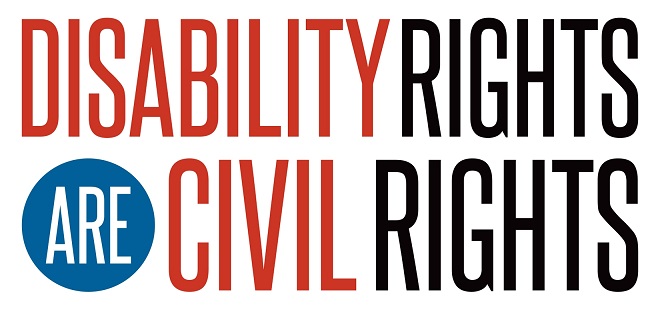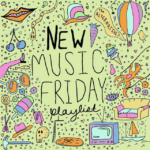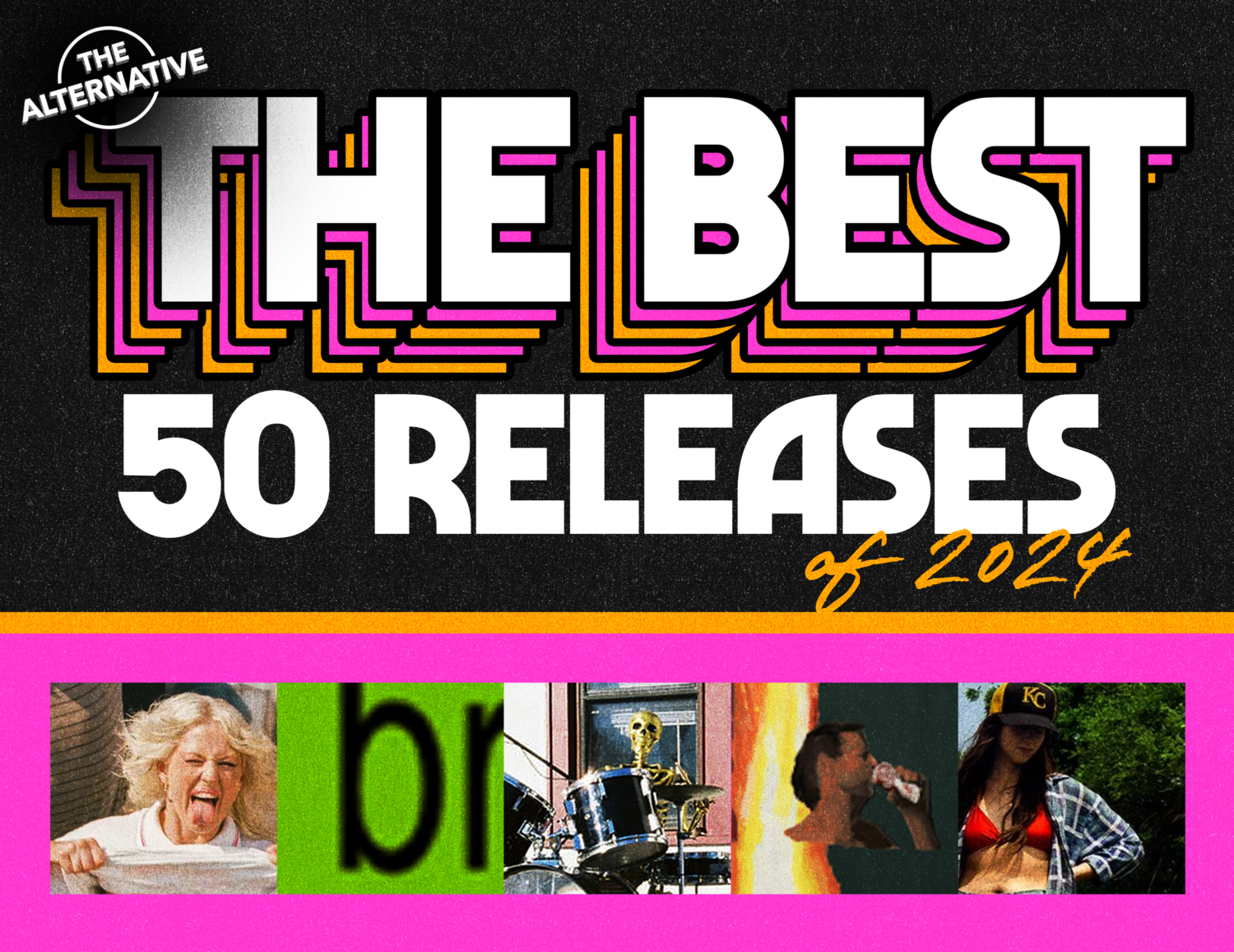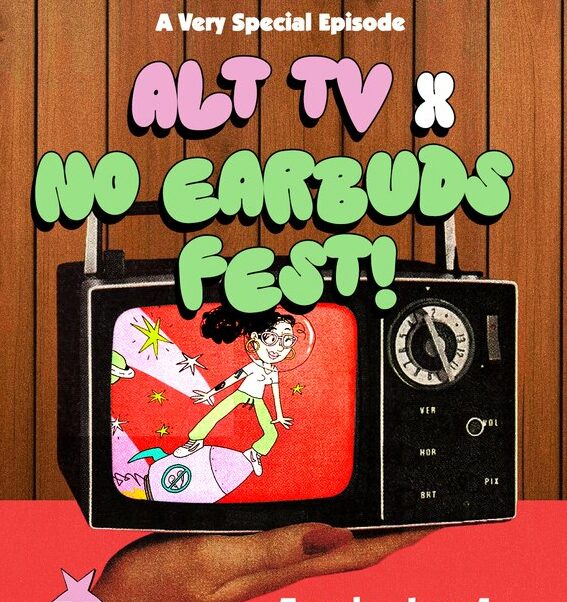30 Years of the ADA and What More We Need To Accomplish
Posted: by admin

Disability activists march to pass the ADA in 1990. Photo by Tim Olin.
July is Disability Pride Month and this year is a little different. The Americans with Disabilities Act (ADA) turns 30 this month. My life could have been completely different, in ways I’m fortunate to have not experienced, if I was born before the ADA was passed.
While many people tend to be familiar with the ADA prohibiting discrimination against disabled people, ableism itself still tends to go under the radar. Ableism is the discrimination against people with disabilities, sometimes also referred to as disablism. Once you can identify it, it’s everywhere. The problem is that it’s talked about so little that, as a disabled person, I couldn’t even properly identify it in my own experiences and didn’t know there was a name for it until a few years ago.
Growing up, my internalized ableism ran deep. I was raised to look at myself as ‘normal’ which really equates to ‘non-disabled,’ so I distanced myself from the disabled community and from that part of my identity until the past few years. That said, there was nothing normal about having to meet with my school district at the start of kindergarten, 6th grade, and freshman year to tell them all the ways the school buildings were inaccessible to me because they’re so much older than the ADA. I’m thankful that my ability to succeed in education was never questioned or doubted and that I was never segregated from my non-disabled peers like so many other disabled students have experienced throughout history. Unfortunately, ongoing inaccessibility and ableism in education only begins to scratch the surface of issues that still need to be resolved.
The ADA
While the ADA is far from perfect, its passage still made significant changes that have allowed myself and others a better shot at success and a better quality of life. It prohibits discrimination against disabled people in areas such as employment, transportation, public entities (like schools), privately owned spaces that are open to the general public (like concert venues), and so much more. However, many people who are not affected by accessibility are unaware that the ADA doesn’t go far enough to prohibit discrimination.
The ADA is only 30 years old, but a large majority of buildings were constructed long before it. Because of this, the ADA frequently mentions that accessibility is required to the maximum extent possible without imposing undue hardship or financial burden. If it can be proven that increasing accessibility would cause a financial burden, then people can get away with not changing anything. Similarly, reasonable accommodations are required for things such as employment unless they would cause undue hardship to the employer. The other big one is that historic buildings don’t have to become accessible if doing so would alter their historic character.
I really recommend reading the ADA sometime because you’ll see that it’s a lot of “Accessibility is absolutely required… unless it’s too hard on you then it’s fine” which is why I always have to explain to people that just because the ADA exists doesn’t mean that things are accessible. You can comply with the ADA and be completely inaccessible and it’s legal.

Ongoing Disability Rights Issues
Despite the ADA, disabled people still experience a vast amount of issues that reach into almost all aspects of their lives. The combined effect of these discriminations and difficulties is that it makes it extremely difficult for disabled people to live a healthy life, mentally, and financially.
The most apparent of the issues that disabled people deal with is employment. According to the U.S. Department of Labor, in 2019 19.3% of disabled people were employed compared to 66.3% of non-disabled people. Additionally, in many states it’s still legal for disabled people to be paid below the minimum wage.
Inaccessibility also has an effect on education. Every school I’ve attended has been inaccessible to me in some capacity, and that is a very common experience for disabled people. Whether intentional or not, old school buildings place the burden on disabled students to fight for their right for equal access. This problem is made even more difficult to remedy when schools are underfunded.
Inaccessibility also extends to housing. Finding accessible housing is nearly impossible. When it does exist, it’s often a brand new construction, which means the cost is significantly higher. The lack of accessible housing leaves many disabled people isolated or in charge of paying for accessibility improvements themselves.
Unfortunately disabled people even deal with issues involving marriage. If a disabled person is on Supplemental Security Income (SSI) and get married, the couple’s combined assets will affect whether or not they can still receive SSI and Medicaid. The 2020 SSI maximum monthly payment is $783 for individuals and $1175 for couples, and you can only stay on SSI you have less than $2000 in countable resources as an individual or $3000 as a couple. The ABLE Act of 2014 allows states to create ABLE savings accounts for people on SSI, but that’s the only way you’re allowed to save money beyond those limits. If you get a job, your benefits will either decrease or stop completely depending on how much money you make. This means disabled people can lose access to Medicaid too. All of this contributes to trapping disabled people into poverty, and it often prevents disabled people from getting legally married.
Continuing Ableism in American Society
The less obvious ways that ableism shows up are in conversations and in media. The general lack of knowledge on various types of disabilities contributes to this problem. People’s tolerance seems to be exceptionally high when it comes to use of the r-word and offensive and hurtful jokes about disabled people.
Sadly, there is even a trend of non-disabled people trying to catch disabled people “faking” their disabilities. This is often because media makes people forget that not all wheelchair users are paralyzed. Many of us are ambulatory wheelchair users meaning that we use our wheelchairs on an as-needed basis and usually have some capacity to walk or stand. In general, you should assume that anyone who claims they have a disability is doing so truthfully.
Another big issue is disability ‘inspiration porn.’ This is content created with the goal of making the abled creators and viewers feel good about themselves. It’s usually when a story focuses on abled people helping disabled people and not on the oppression that disabled people experience. For example, an employee making something accessible for a disabled customer or a non-disabled student taking a disabled student to a school dance. They’re feel good videos for abled people who watch them, but those same viewers typically ignore how disabled people are discriminated against, or even the sources of these problems.
This has become especially frustrating during COVID-19, when suddenly everything was at people’s disposal right from home. Livestreams, school, and work, just an internet connection away. Yet, when disabled people have wanted to work from home in the past, they’ve been told it’s an unreasonable accommodation. When disabled people couldn’t get into inaccessible venues, there were no livestreams. Not to mention the convenience of curbside pickup for anything and everything now. Suddenly, when everyone’s affected, accessibility happens overnight, but when only disabled people are affected change takes years. Keeping in mind that, according to the CDC, 1 in 4 people in the U.S. have some type of disability, so we’re not a small group.

Accessibility in Live Music
Despite all the ways I’ve listed so far that myself and others experience ableism and inaccessibility, the place where I have personally felt it the most is in attending concerts. Everyone goes to shows to escape life, but for me, the inaccessibility and ableism at venues is what made me realize that I’m treated differently. It’s the first time in my life that I ever felt bad about being disabled because I loved music and shows so much but felt so unwelcome.
Though I should never have to do this, it is a privilege to be able to get out of my wheelchair and walk up two flights of stairs while someone carries my chair up. It’s a privilege to sometimes feel safe enough to be in the front row, though still risking my safety and the safety of those around me, just because I have no other options if I want to see anything. Many disabled people don’t have the last resort option of climbing the stairs and many would never feel safe being in the crowd of a general admission show. (Though, it’s important to note that genre absolutely affects accessibility. I’d feel comfortable being front row at a Julien Baker show any day, but still feel a lot of anxiety even being in accessible sections at hardcore shows.) Point being, disabled people shouldn’t be forced into unsafe situations if they want to experience live music. It shouldn’t be on us to adapt to the inaccessible world. Every disabled fan is different, but we at least need the option of having a safe, sectioned off area to watch the show if that’s our preference.
Venues are interesting because there’s not necessarily a one-size-fits-all approach for how accessibility would look in every venue building, especially when venues range from basement shows to arenas and stadiums. Some venues are historic buildings so they are very against becoming accessible or some just don’t like the idea of change whether it’s related to history or not and want to keep things how they’ve always been. Largely, though, it seems a lot of venues just don’t realize they’re inaccessible or don’t know what steps to take so they don’t do anything at all which places the burden on disabled fans and artists.
There’s so much more to venue accessibility than just getting in the door. It’s not just about mobility related accessibility. Venues don’t include thorough accessibility information on their website for fans to know if a venue is accessible to them before they buy a ticket. The venues don’t usually post information about strobes and other dangerous lighting, and they often don’t provide a venue accessibility contact if someone were to need to arrange to have a sign language interpreter or have a question about accessibility. It’s not uncommon for only one person at a venue to know how accessibility works there. Venues often prioritize premium or VIP seating, but have a poorly placed or nonexistent accessible seating area. There’s also accessibility issues for disabled musicians. Nearly every stage has stairs onto it and green rooms are often up or down stairs. There’s a lot of work to be done.
Something I’m very conscious of is how many venues struggle to stay afloat as it is, but it doesn’t mean becoming accessible is impossible. Venues can throw benefit shows to fundraise for accessibility in their spaces or explore other fundraising options if they don’t have the means. The ‘undue financial burden’ sentiment will never feel good enough because disabled people deserve to equally experience life, including live music. Venues don’t have to go under to become accessible, but if we don’t try to do anything at all to increase accessibility, then nothing is going to change.
Many times at shows bands will talk on stage about their shows being a safe and inclusive space where all are welcome. That is ironic to hear while you’re sitting in the back corner of the venue unable to see because the show is inaccessible. This issue has gone ignored by the live music industry for too long. Music brings people together, so it shouldn’t keep leaving disabled people out.
What Next?
Shows are going to look different when they eventually return from COVID, but this might just be a fresh start of sorts. The music community and the venues that remain will have the chance to change habits and start prioritizing accessibility, but it can’t just be up to disabled people demanding change. It will very often be the people with power and financial resources that will be responsible for pushing for these changes, which is why wider education on these issues is so important.
The best way to talk more about issues you’re unfamiliar with is to learn about them first (I’m still learning too even as a disabled person). I highly recommend everyone watches the documentary Crip Camp on Netflix (it’s now free on YouTube) as a good starting place to learn more about the history of the disability rights movement and incredible activists like Judy Heumann who inspires me so much as an activist. Read books like “Disability Visibility: First-Person Stories from the Twenty-First Century” edited by Alice Wong, “The Pretty One” by Keah Brown, and “Being Heumann: An Unrepentant Memoir of a Disability Rights Activist” by Judy Heumann.
Its also important that you follow and support disabled people on social media, and look for ableism and inaccessibility in the spaces you exist within.
_
Cassie Wilson // @wilsonxcassie
A Few Organizations Working On Accessibility In Music
Half Access (founded by me)
Attitude is Everything (UK based)
The Alternative is ad-free and 100% supported by our readers. If you’d like to help us produce more content and promote more great new music, please consider donating to our Patreon page, which also allows you to receive sweet perks like free albums and The Alternative merch.










